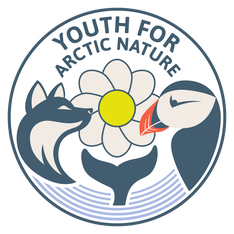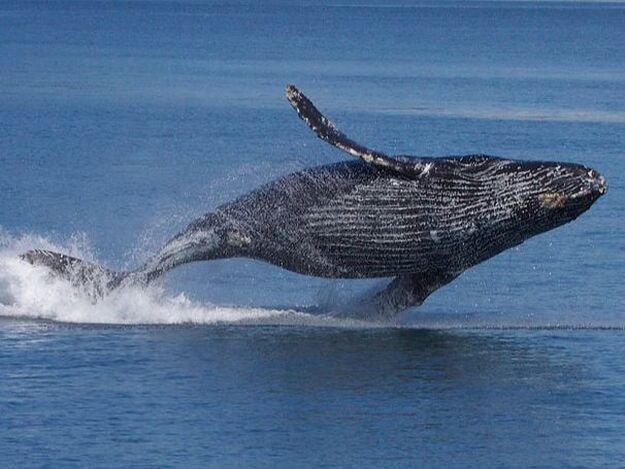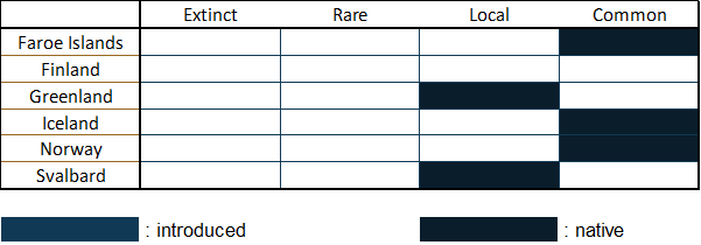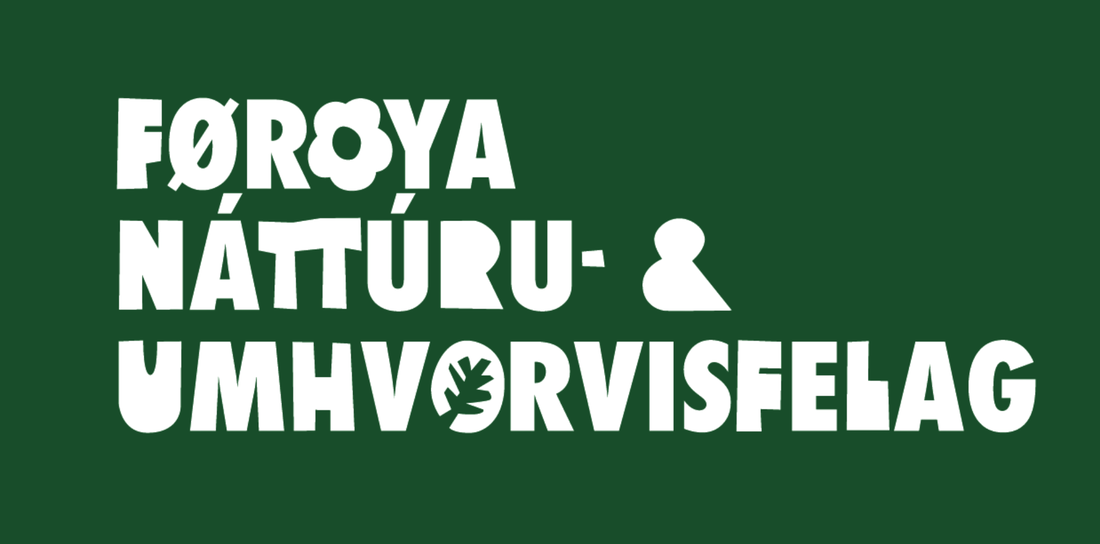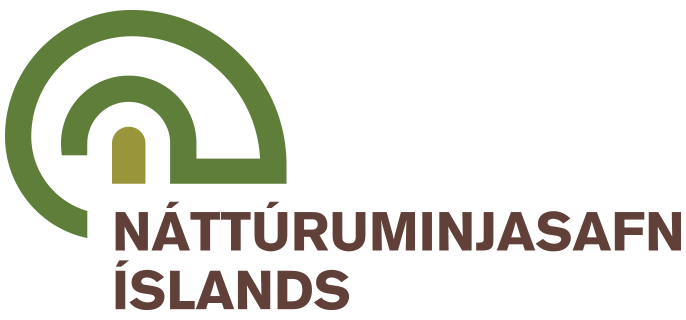|
Vulnerability: least concern Invasive: no Identification: difficult Monitoring: difficult |
|
What is it? The humpback whale is a baleen whale, more specifically a large member of the rorqual family. Adults reach 12 to 16 meters. This whale is black, usually with lighter parts on the underside and white patterns on the underside of the fluke which can be used for photo identification of individuals. The underside of the fins is white, and the upper side is white in the Atlantic. In terms of ratio to the body, these fins are the longest of any cetacean. Finally, it can also be recognized by its hump shaped dorsal fin. |
|
Interesting facts |
- In the 1960's, the humpback had been hunted to the point that it was almost extinct. In the North Atlantic, it is believed that only about 700 individuals were left. 200,000 whales had bee hunted worldwide over the span of a century. Today, the population has mostly recovered and is globally regarded as least concern.
- A small population of non-migratory humpback whales can be found in the Arabian Sea, where it is extremely isolated from all other humpback populations. This small group is also very endangered, with 100 animals or fewer remaining.
Pictures
- Cover picture: "Humpback Whale" by rjshade is licensed under CC BY 2.0
- Presentation picture: "Breaching Humpback Whale (Megaptera novaeangliae)" by Gregory 'Slobirdr' Smith is licensed under CC BY-SA 2.0
References
- Breiwick JM, Mitchell E, Reeves RR (1983) Simulated population trajectories for northwest Atlantic humpback whales 1865–1980. Fifth biennial Conference on Biology of Marine Mammals, Boston Abstract. p14
- Clapham, Phil (2002). "Humpback Whale". Encyclopedia of Marine Mammals. San Diego: Academic Press. ISBN 978-0-12-551340-1.
- Minton, G.; Collins, T.; Pomilla, C.; Findlay, K.P.; Rosenbaum, H.; Baldwin, R.; Brownell, R.L. Jr. (2008). "Megaptera novaeangliae (Arabian Sea subpopulation)". IUCN Red List of Threatened Species. 2008: e.T132835A3464679. Retrieved 18 January 2020.
